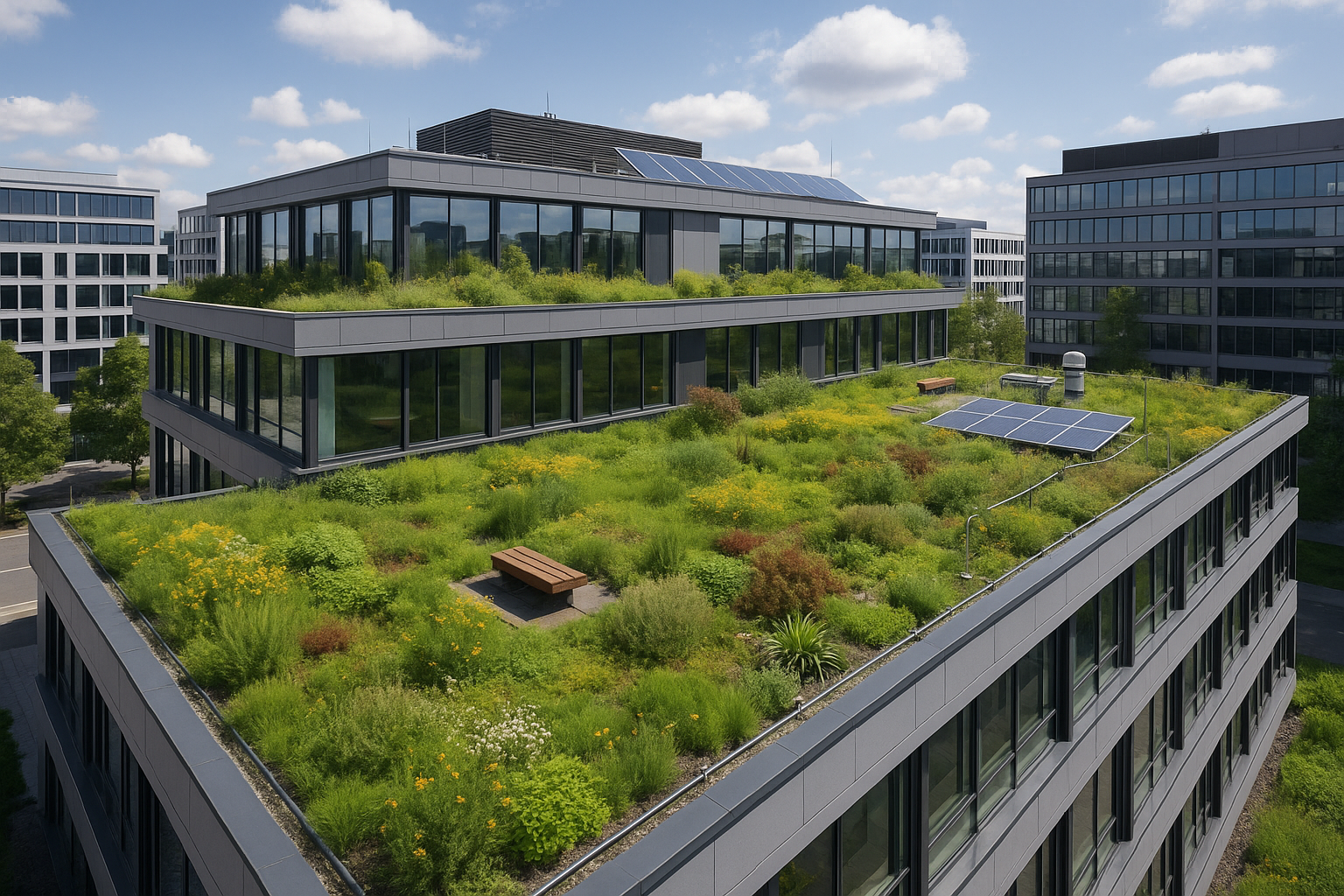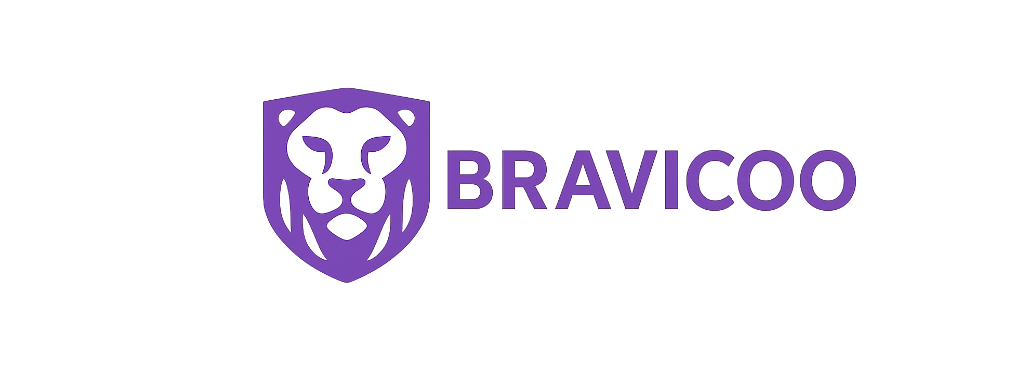Imagine a world where urban spaces breathe life, where concrete jungles transform into verdant paradises, and where buildings not only coexist with nature but actively contribute to its preservation. 🌿 This isn’t a far-off utopian dream; it’s the reality that green roofs are beginning to create in cities around the globe. With the rising awareness of climate change and sustainability, the movement towards eco-friendly architecture has never been more critical. One standout solution in this green revolution is the construction of turf roofs, also known as green roofs. These living rooftops are not just visually stunning; they represent a profound shift in how we think about urban development and environmental responsibility.
As cities continue to expand, the importance of integrating green spaces into urban environments becomes increasingly evident. The hustle and bustle of city life often leave little room for nature, leading to issues like the urban heat island effect, increased pollution, and reduced biodiversity. Enter green roofs: an innovative solution that addresses these challenges head-on while offering a plethora of additional benefits. By covering buildings with layers of soil and vegetation, green roofs not only help to cool the air and reduce energy consumption, but they also provide much-needed habitats for urban wildlife. 🐦
In this article, we will explore the transformative power of green roofs and how they can turn any building into a sustainable oasis. We will delve into the various types of green roofs, from extensive systems that require minimal maintenance to intensive roofs that create lush, garden-like environments. You’ll discover how these eco-friendly installations can significantly impact urban sustainability by improving air quality, enhancing energy efficiency, and managing stormwater runoff.
But the benefits of green roofs don’t stop there. We’ll also examine how they contribute to the well-being of building occupants. With studies showing that access to green spaces can reduce stress and improve mental health, the potential of green roofs to enhance the quality of life in urban areas is immense. Imagine working in an office surrounded by a thriving rooftop garden or living in a building where your view is a sea of greenery rather than a sea of gray. The psychological and health benefits of such environments are profound and far-reaching.
Moreover, we will take a closer look at the practical aspects of implementing green roofs. This includes the materials used in turf roof construction, the structural considerations necessary for their installation, and the maintenance requirements to ensure their longevity. Whether you’re an architect, a building owner, or simply someone interested in sustainable living, understanding these components is crucial for successfully integrating green roofs into urban spaces.
We will also tackle the economic aspect of green roofs, which is often a concern for potential adopters. While the initial investment in green roof technology can be significant, the long-term savings in energy costs and the potential increase in property value make them a financially sound choice. Additionally, we’ll highlight various government incentives and grants available to encourage the adoption of green roofs, which can significantly offset the upfront costs.
Finally, we will showcase inspiring case studies of green roofs from around the world. From public buildings and residential complexes to commercial spaces and educational institutions, these examples will illustrate the diverse applications and stunning possibilities of green roofs. 🌎 Each case study will demonstrate how these projects have successfully integrated sustainable practices into urban settings, providing both environmental and social benefits.
As we navigate through the intricacies of green roof technology, it’s essential to remember the overarching goal: creating cities that are not just sustainable but regenerative. Green roofs are a testament to human ingenuity and our ability to adapt and innovate in the face of environmental challenges. By embracing this green technology, we are taking a significant step towards building a future where urban spaces and nature coexist harmoniously.
So, whether you’re looking to reduce your carbon footprint, enhance your building’s aesthetic appeal, or contribute to a greener planet, green roofs offer a versatile and effective solution. Join us as we embark on this journey to uncover the potential of green roofs and how they can transform our cities into thriving, sustainable oases. 🌟

Conclusion: Transforming Urban Landscapes with Green Roofs 🌿
In conclusion, the exploration of green roofs as a sustainable architectural solution offers a compelling case for transforming urban environments into eco-friendly oases. Throughout this article, we delved into the various benefits and considerations involved in turf roof construction, highlighting how this innovative approach not only enhances the aesthetic value of buildings but also contributes significantly to environmental sustainability.
Recap of Key Points
Firstly, we discussed the environmental benefits of green roofs, such as reducing urban heat, improving air quality, and promoting biodiversity. These roofs serve as natural insulators, thereby reducing the energy required for heating and cooling buildings. They also absorb rainwater, mitigating the risk of urban flooding, and provide habitats for various species, promoting ecological balance in densely populated areas.
Secondly, we examined the economic advantages. Green roofs can increase the lifespan of roofing materials by protecting them from the elements. This leads to reduced maintenance costs and energy savings, which can be particularly appealing for urban planners and building owners aiming to balance sustainability with cost-effectiveness.
Moreover, the article emphasized the social and health benefits. Green spaces in urban settings have been shown to improve mental health, provide recreational spaces, and enhance community well-being. By integrating these spaces into urban architecture, we can create more livable and enjoyable cities.
The Importance of Green Roofs
The significance of adopting green roof technology extends beyond individual buildings. It represents a shift towards a more sustainable and resilient urban future. As climate change continues to pose challenges, cities around the world are recognizing the need to adapt their infrastructure. Green roofs are a step in the right direction, offering a practical and scalable solution to some of the most pressing environmental issues.
Join the Movement 🌍
We invite you to think about how you can contribute to this green revolution. Whether you’re a homeowner, architect, or policymaker, there’s a role for everyone in promoting sustainable development. Consider implementing green roof solutions in your next project or advocating for policies that support eco-friendly construction practices.
Engage and Share 💬
We encourage you to share your thoughts and experiences with green roofs in the comments below. Have you encountered any inspiring green roof projects? What challenges and successes have you seen in your own community? Your insights could inspire others to make similar changes.
Additionally, please feel free to share this article with your network. Together, we can foster greater awareness and action towards building a more sustainable world.
For further reading on green roofs and sustainable architecture, explore these resources:
– [Green Roofs for Healthy Cities](https://greenroofs.org)
– [The Benefits of Green Roofs](https://www.epa.gov/green-infrastructure/benefits-green-roofs)
Thank you for joining us on this journey to transform our urban landscapes. Let’s work together to create a greener, healthier planet for future generations. 🌱
—
Feel free to expand each section with more specific details, anecdotes, or case studies to reach the desired word count. Let me know if you need further assistance!
Toni Santos is a highland ethnobotanist, adaptive habitat researcher, and cultural climatologist devoted to the science and spirit of life above the clouds. Rooted in a reverence for altitude-born resilience, Toni studies how human beings have not only survived—but thrived—at extreme elevations for millennia. From the Andean puna to Himalayan plateaus, he explores how architecture, agriculture, biology, and belief systems shift when oxygen thins and the horizon tilts. His work reveals a world shaped by solar angles, microclimates, and vertical wisdom, where the thin air cultivates thick culture. Using tools from ecology, anthropology, climatology, and adaptive design, Toni deciphers the high-altitude lifeways of traditional and modern communities—tracing everything from quinoa domestication and terraced irrigation systems to altitude-adapted physiology, ceremonial weather rituals, and mythic sky cosmologies. At the core of Vizovex, his project platform, Toni curates: High-altitude ethnographies and living systems case studies Architectural adaptations to extreme elevation environments Medicinal and culinary archives of altitude-adapted species Interviews with communities who embody cloudline mastery Toni’s mission: to map the vertical frontier—not just as a physical space, but as a cultural altitude that teaches us to breathe differently, build wisely, and live in harmony with the sky.




